One could say that borders have a special significance in the life and work of Gianni Pettena. Never representing restrictions or limitations, they exist more in the spirit of the open, curious attitude with which Pettena confidently works and navigates classifications and constraints. Neither geographical boundaries nor artistic categories and disciplines constitute fixed laws for the artist. As a co-founder of the Italian “Architettura Radicale” movement, Pettena launched a new concept of architecture, divided into avant-garde and utopian categories, parallel to the emergence of Superstudio, Archizoom and Ufo in Italy and Hans Hollein, Walter Pichler and others in Austria. Although Pettena studied architecture and was a professor of architecture for many years, his works and projects are primarily artistic in nature and include installations, drawings, photographs and performances.
When asked about the significance of borders for him personally and in his work, Gianni Pettena recently responded by saying, “La nostra generazione era probabilmente la prima che non aveva subito traumi della seconda guerra mondiale, è una generazione che non aveva ferite da curare, che poteva guardare in avanti. E per la prima volta poteva desiderare tutto, desiderare di comunicare i propri pensieri senza confini disciplinari e senza confini geografici.” ↓1
Pettena was born in Bolzano in 1940. Immediately after completing his architectural studies in Florence, he traveled to the United States, initially as an artist-in-residence at the College of Art and Design in Minneapolis. From 1972 to 1973 he was a guest lecturer at the University of Utah in Salt Lake City. During this period, he explored American land art and conceptual art and cultivated friendships with artists such as Robert Smithson, Gordon Matta Clark and others.
His experience with nature and the vast landscape in the USA stimulated Pettena to rethink the relationship between nature and architecture as well as the interaction between the landscape and the built environment. The artist’s works from this period were frequently performances; akin to “architectural performances,” these works rendered such interactions both visible and tangible. One such example is Pettena’s so-called Salt Lake Trilogy, which consists of three performances – Clay House, Tumbleweed Catcher and Red Line – which Pettena staged, together with his students, in 1972.
For Red Line, the artist drove along the peripheral roads of Salt Lake City in a truck in February / March 1972 and spray-painted a red line on these roads. More than 45 kilometers long, the red line transformed the boundaries of Salt Lake City into a visible and tangible entity. Pettena traced the boundary between urban space and nature, following the line where the architecture merged into the landscape and dissolved into nature. In Red Line, he followed the (built) human traces in nature, visualized the contradictions and beauty of urban space, and he explored the relationship between the city and nature as well as between constructed environments and natural landscape.
Pettena still tracks this line between architecture and nature in his art; it is typically a connecting line, a dividing line, a visible line or even a concealed line.
The following, tracing and recording of our borders or limits represents an opportunity to rethink our individual perceptions, to define our own position and – ultimately – to think beyond such borders or limits. A similar undertaking was made in South Tyrol nearly twenty years ago: On a 41-day circular journey in 1991, Reinhold Messner and Hans Kammerlander hiked around South Tyrol’s borders as precisely as possible; their goal was to inspire reflection on the region’s past, present and future. As the artist Hannes Egger aptly wrote, “If the two had been artists and not mountaineers, the action ‘All Around South Tyrol’ would have been a performance.”
↓2
Even today – in a time characterized by red lines and red zones, in which we are vividly reminded the borders between our regions, countries and even our own apartments – we may be able to shift our usual perspectives by walking along and tracing border lines and thus rethink our positions.












